How to Run a Successful Facebook Ad Campaign a Step-by-Step Guide
|
Getting your Trinity Audio player ready...
|
Facebook continues to be a leading platform for digital advertising due to its massive audience and precise targeting capabilities. Whether you’re a small business owner, a freelancer, or a marketer, running a successful Facebook ad campaign can significantly boost your brand visibility, generate leads, and increase sales.
If you’re wondering how to make the most of your Facebook ads, this guide breaks down the process into simple, actionable steps.
Table of Contents
ToggleWhy Facebook Ads?
Facebook ads allow you to reach more than 2.9 billion monthly active users worldwide, making it an unparalleled platform for connecting with your target audience. With precise targeting, flexible budgets, and various ad formats, Facebook ads are perfect for businesses of all sizes.
Step 1: Define Your Campaign Objective
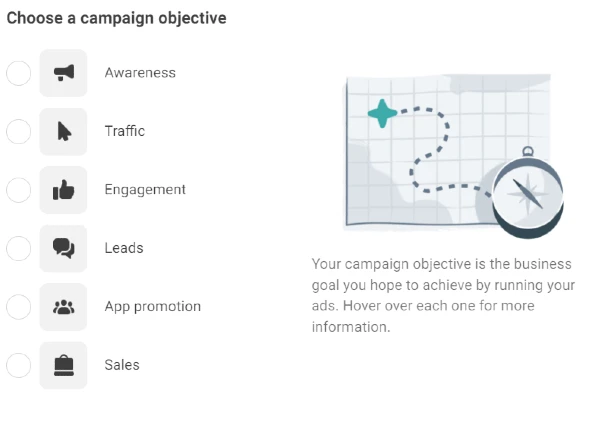
Define your objective clearly before you begin designing your Facebook ad. Facebook offers multiple campaign objectives, such as:
- Brand Awareness: Increase recognition of your brand.
- Traffic: Send your audience to a specific landing page or your main website for better conversions.
- Engagement: Get more likes, comments, and shares.
- Lead Generation: Collect contact information from interested users.
- Conversions: Encourage users to take action, like making a purchase.
Facebook delivers your ads based on the objective you select, so picking the right one is essential.
Step 2: Know Your Target Audience

Facebook’s targeting options are highly detailed, allowing you to reach the exact audience most likely to engage with your ad.
- Demographics: Age, gender, location, education.
- Interests: Hobbies, favorite pages, behaviors.
- Custom Audiences: Upload your existing customer data or re-engage visitors who’ve been to your site.
- Lookalike Audiences: Reach out to new users who share similar traits with your current audience.
Spending time defining your audience reduces ad spend wastage and improves ROI.
Step 3: Set Your Budget and Schedule
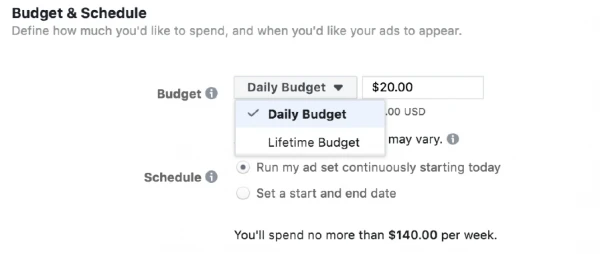
Facebook ads work on a bidding system, so setting a clear budget is essential.
- Daily Budget: Amount you’re willing to spend each day.
- Lifetime Budget: Total amount for the entire campaign duration.
Additionally, choose whether your ads will run nonstop or only during selected time periods.
Step 4: Choose the Right Ad Format
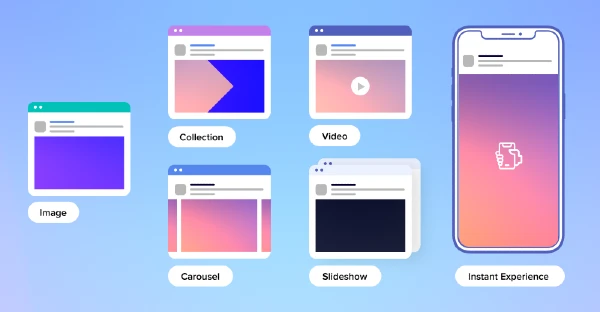
Facebook offers several ad formats; choose the one that best suits your campaign goals.
- Image Ads: Simple, eye-catching single images.
- Video Ads: Engage users with motion and storytelling.
- Carousel Ads: Display several images or products within a single advertisement.
- Collection Ads: Great for e-commerce to display product catalogues.
- Lead Ads: Collect information directly within Facebook.
Step 5: Create Compelling Ad Content
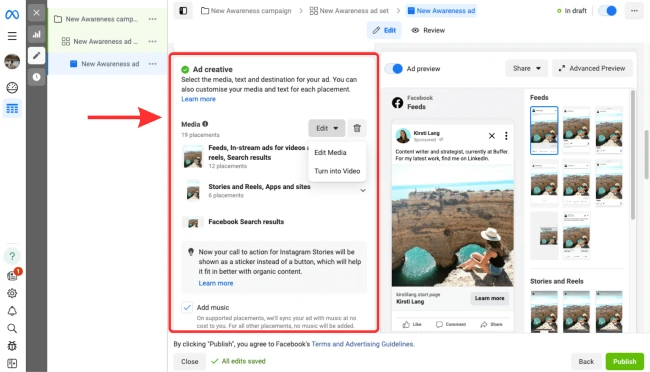
Your ad’s creative (image/video) and copy (text) are what capture attention.
- Utilize clear, high-resolution images that directly relate to your product or service.
- Write a clear and engaging headline.
- Add a compelling call-to-action such as ‘Shop Now,’ ‘Sign Up,’ or ‘Learn More’ to prompt user action.
- Keep the copy concise and benefit-focused.
Remember, your ad must grab attention in a crowded feed!
Step 6: Set Up Facebook Pixel
![]()
Installing Facebook Pixel on your website is a game-changer. It tracks user actions on your site and provides valuable data for:
- Show ads to visitors who browsed your site but didn’t complete a desired action.
- Optimizing campaigns based on actual conversions.
Building lookalike audiences.
Step 7: Launch and Monitor Your Campaign
Keep a sharp watch on performance indicators like the following once your campaign is active:
- Click-through rate (CTR)
- Cost per click (CPC)
- Conversion rate
- Return on ad spend (ROAS)
Use Facebook Ads Manager’s analytics dashboard to track and analyses these metrics.
Step 8: Test, Analyze, and Optimize
Managing ads requires ongoing attention – it’s not something you set up and then ignore. Test different:
- Audiences
- Ad creatives
- Headlines and CTAs
- Budgets and schedules
Analyze results regularly and optimize your campaign based on data to improve performance and lower costs.
Bonus Tips for Success
- Use Mobile-Optimized Content: Most Facebook users access the platform via mobile, so ensure your ads look great on smaller screens.
- Leverage Video Content: Videos tend to get more engagement.
- Keep Your Landing Page Relevant: Ensure the page users land on matches the ad content to avoid confusion and bounce.
- Avoid Too Much Text on Images: Facebook limits ads with heavy text in images.
Need Help with Social Media Marketing?
Hire Fifth Shield, Fifth Shield is the best social media marketing agency in Dwarka, Delhi, offering result-driven solutions to help businesses grow their online presence.
From content creation and strategy to paid ad campaigns and profile optimization, our expert team ensures maximum engagement and brand visibility.
Our expertise spans across major platforms such as Instagram, Facebook, LinkedIn, and More. Whether you’re a startup or an established business, Fifth Shield tailors customized social media plans to boost your reach and drive real results. Let’s build your brand together!
Wrapping Up
Running a successful Facebook ad campaign is all about planning, precise targeting, engaging content, and continuous optimization. By following these steps, you can maximize your advertising budget, reach the right audience, and achieve your marketing goals.
Ready to start your Facebook ad journey? Put these strategies into action and see your business thrive!
Don’t Miss: How Facebook & Instagram Ads Can Boost Your Business

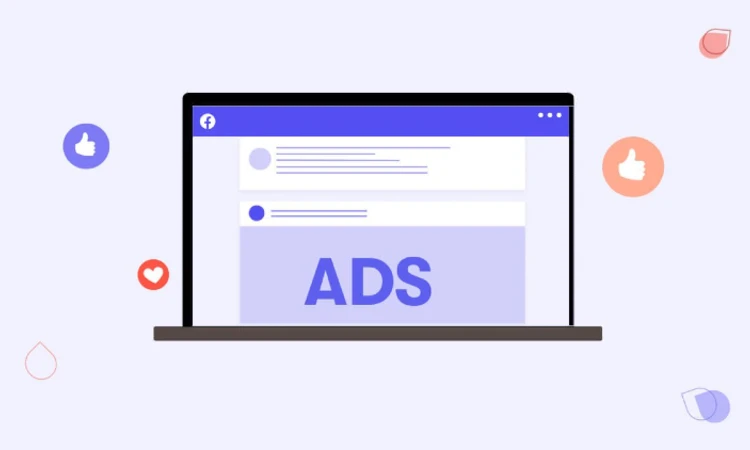





Write a Comment